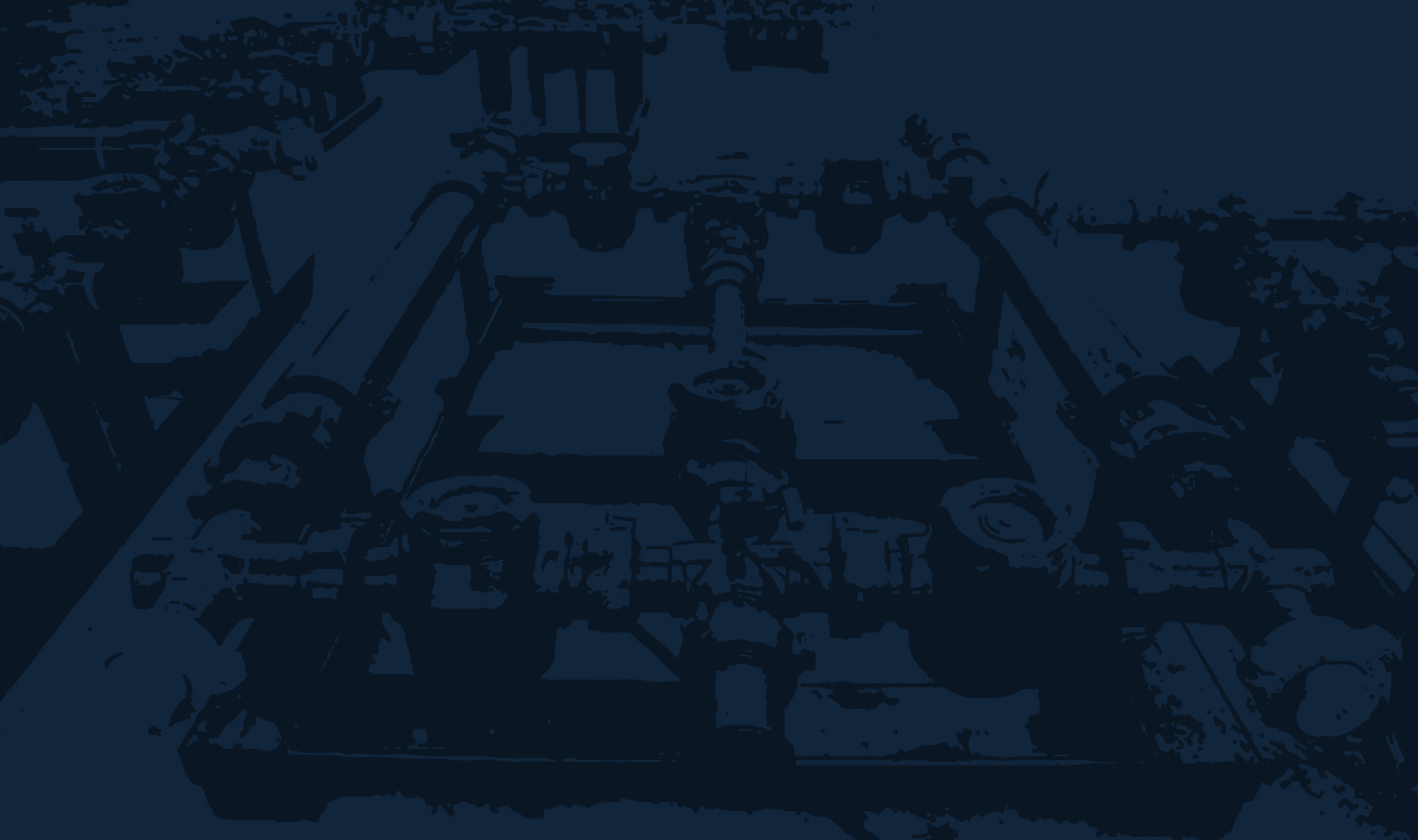Drill Out
Drill out is a common practice in the oil and gas industry that involves the removal of debris left in the wellbore after the drilling process is complete. There are several benefits associated with drill out, including:
- Improving well productivity: By removing debris and other obstructions from the wellbore, drill out can help improve well productivity. This is because the debris can impede the flow of oil and gas, reducing the amount of hydrocarbons that can be extracted from the well.
- Reducing the risk of damage to downhole equipment: Debris left in the wellbore can cause damage to downhole equipment, such as pumps and valves. Drill out can help reduce this risk by removing the debris before it can cause any damage.
- Enhancing wellbore stability: Drill out can help enhance wellbore stability by removing loose debris that can cause the wellbore to collapse or cave in. This can help prevent costly wellbore repairs and reduce the risk of wellbore instability.
- Improving well completion efficiency: Drill out can also help improve well completion efficiency by ensuring that the wellbore is clean and free of obstructions. This can help ensure that completion operations, such as cementing and perforating, are completed effectively and efficiently.
Overall, drill out is an important practice in the oil and gas industry that can help improve well productivity, reduce equipment damage, enhance wellbore stability, and improve well completion efficiency.


